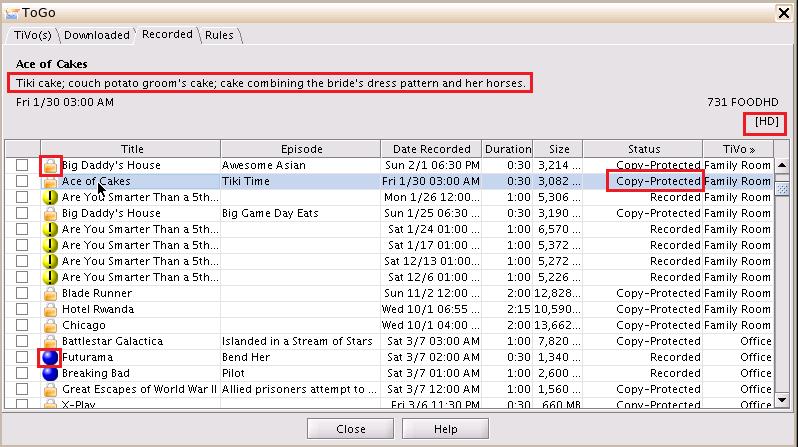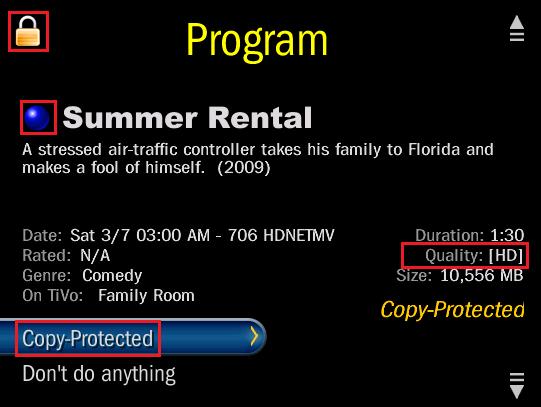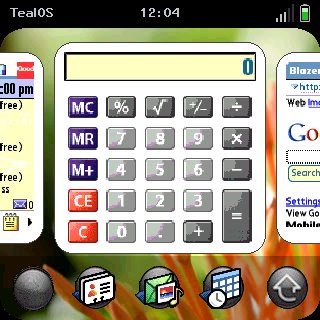I’d been using Blogger intermittently since 2002 but didn’t start using it for “real” blogging until about a year ago. The latest Blogger problem finally gave me the incentive I needed to look into other blogging solutions. Based on a recommendation from a co-worker, I’ve switched to WordPress (so that’s why the site looks different now).
I started the switch last Friday night. First I downloaded and installed WordPress on my server, which was extremely easy. I played around with it a bit and was impressed with what I saw so I decided I didn’t need to check out any other packages and starting migrating my stuff from Blogger.
That part turned out to be a little more difficult than I anticipated. For whatever reason, just exporting my blog from Blogger and then trying to import it into WordPress using a straight XML file wasn’t working. WordPress has a Blogger import tool, but it only works with Blogspot-hosted blogs (which mine was not). I eventually had to just switch my blog to being hosted on Blogspot temporarily, which then alllowed me to pull everything (posts, categories, comments, etc.) into WordPress.
Then I started the cleanup, which took me the rest of the weekend: fixing permalinks, cleaning out tags and code Blogger left behind, moving images, etc. Luckily most of this easy because WordPress stores all of its information in a MySQL database. Since I know SQL, I was able to write different scripts (through phpMyAdmin) to clean up my data (rather than editing individual posts, although I did still have to do a little of that). I also put some redirects in place so that people who subscribed to the feed (all two of you! 😉 ) and other folks who have linked to my posts wouldn’t have broken links due to the changes in URLs. If you find anything still broken, please let me know!
After getting all of my data transfered and cleaned I was able to start tweaking: finding a nice theme, configuring widgets and plugins, getting everything to look just the way I want it to. This is the part that will be an ongoing process.
I am really impressed with the flexibility and power of WordPress. I don’t know why I didn’t switch sooner! A lot of the things I had to code around manually in Blogger (like emoticons or categories in the sidebar) are standard features. The flexibility of using plugins, the look and variety of the themes, the PHP-driven interface, and the SQL back-end really come together in a nice, cohesive application.
So I’m happy … what do you think?





